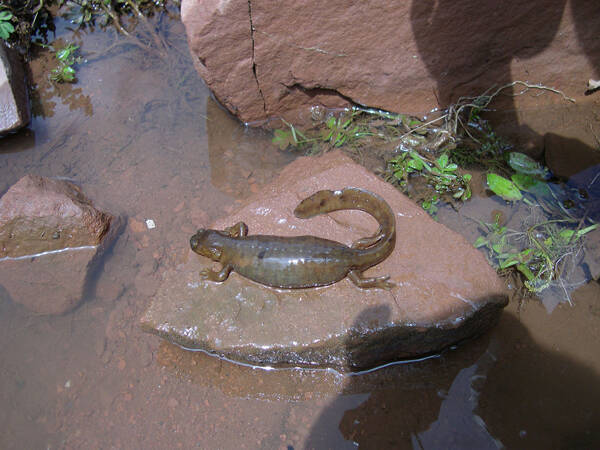
Protohynobius puxiongensis
Protohynobius puxiongensis
Puxiong Prosaurus is a tailed amphibian of the family Hynantheidae and genus···
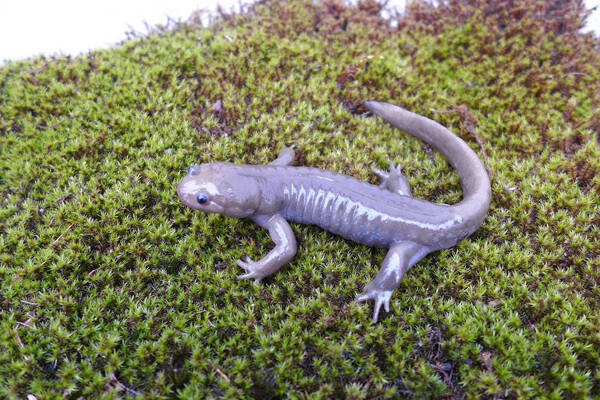
Hynobius maoershanensis
Hynobius maoershanensis,Maoershan Hynobiid
The Maoershan Small Salamander lives in the swamps and surrounding areas of ···
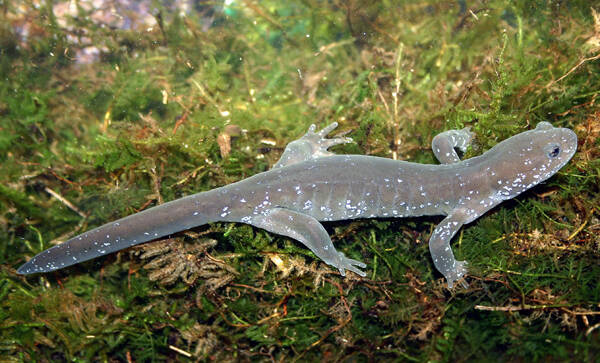
Hynobius guabangshanensis
Hynobius guabangshanensis,South Henan Small Salamander, Qishan Little Elf, Qiyang Small Salamander, Giant Salamander
The Guabangshan Small Salamander lives in Guabangshan in Qiyang, Hunan. The ···
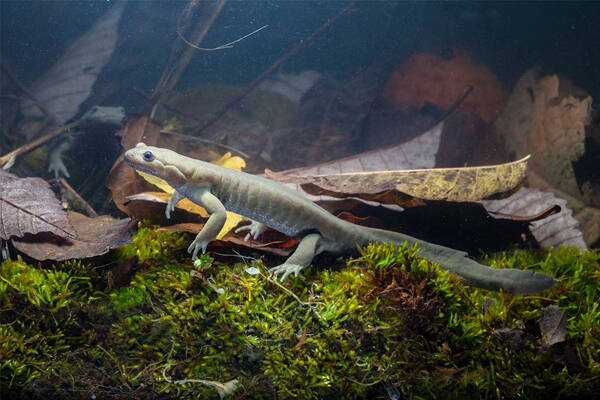
Hynobius chinensis
Hynobius chinensis,Chinese Salamander
The Chinese salamander (scientific name: Hynobius chinensis) is an animal of···
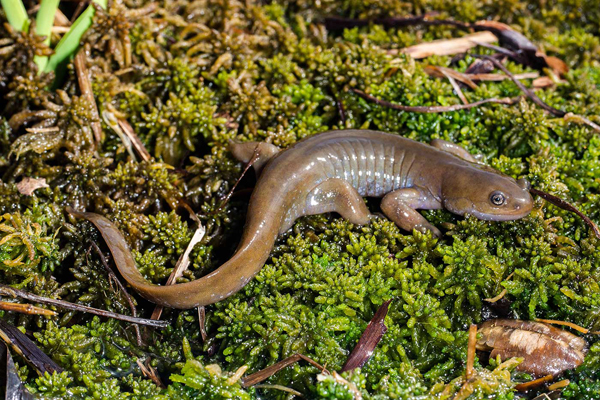
Hynobius amjiensis
Hynobius amjiensis,anji hynobiid
Anji Hynobius amjiensis is an amphibian of the Hynobiidae family and Hynobiu···
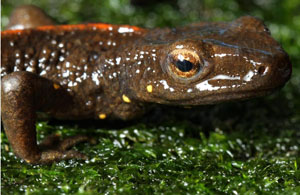
Paramesotriton chinensis
Paramesotriton chinensis,Chinese Warty Newt,Water monk, baby salamander, bone-dissolving pill
The Chinese newt lives in slow-flowing mountain streams or wet grass and gra···

Paramesotriton deloustali
Paramesotriton deloustali,Beibu Gulf newt, De's newt
Habitat: This species inhabits small and medium-sized streams in low-altitud···
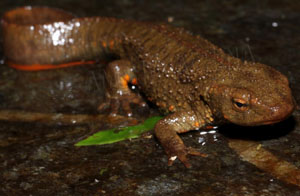
Paramesotriton fuzhongensis
Paramesotriton fuzhongensis
Habitat: This newt lives in streams in broad-leaved forest mountain areas at···
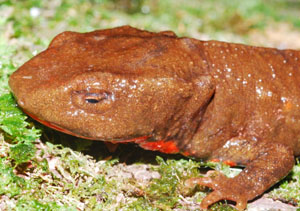
Paramesotriton guangxiensi
Paramesotriton guangxiensi,Guangxi Warty Newt
The Guangxi scrofula lives in mountain streams with a relatively gentle flow···
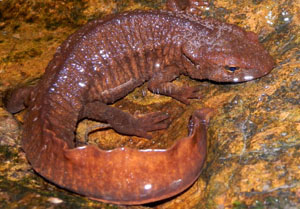
Paramesotriton hongkongensis
Paramesotriton hongkongensis
This newt lives in mountain streams at an altitude of 120-850m, where the wa···
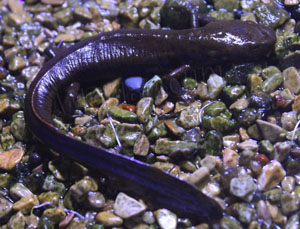
Paramesotriton labiatus
Paramesotriton labiatus
Spotless newt During the day, adult newts were found hiding under the rocks ···
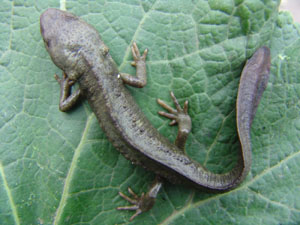
Paramesotriton longliensis
Paramesotriton longliensis
In 2007, experts including Tian Yingzhou, Li Song and Gu Xiaoming discovered···
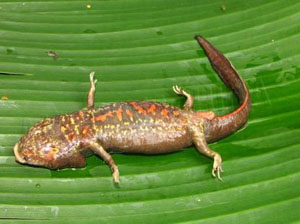
Paramesotriton maolanensis
Paramesotriton maolanensis
This newt lives in large ponds with gentle water flow or ponds with groundwa···
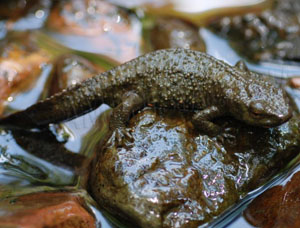
Paramesotriton qixilingensis
Paramesotriton qixilingensis
Habitat: Adult salamanders live in wide and gentle streams in deep mountains···
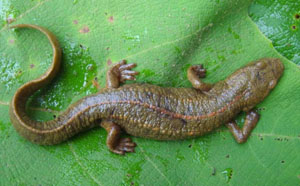
Paramesotriton wulingensis
Paramesotriton wulingensis
The Youyang population and Jiangkou population of the new species of Wuling ···
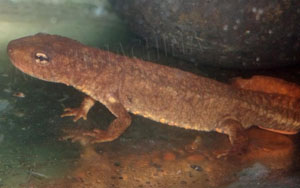
Paramesotriton yunwuensis
Paramesotriton yunwuensis
The cloud newt lives in ponds of various sizes in mountain streams, at an al···

Paramesotriton zhijinensis
Paramesotriton zhijinensis
Zhijin newt is a new species named by Li Song, Zhao Haitao and others based ···
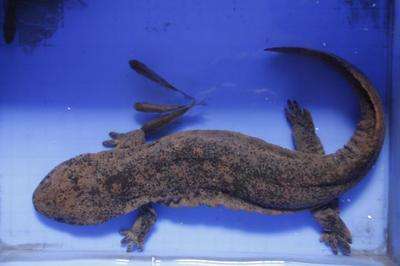
Andrias davidianus
Chinese giant salamander, Chinese baby fish, giant salamander
You may not know much about the Chinese giant salamander, but you must have ···

Cynops orientalis
Oriental Salamander, Chinese Fire Dragon, Brazilian Fire Dragon
The appearance of the Oriental Salamander is similar to that of the Blue-tai···
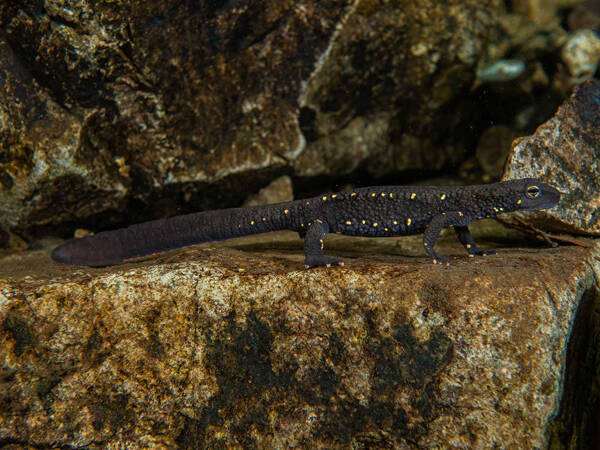
Paramesotriton aurantius
Paramesotriton aurantius
The orange-backed newt is an amphibian of the family Salamandridae and the g···
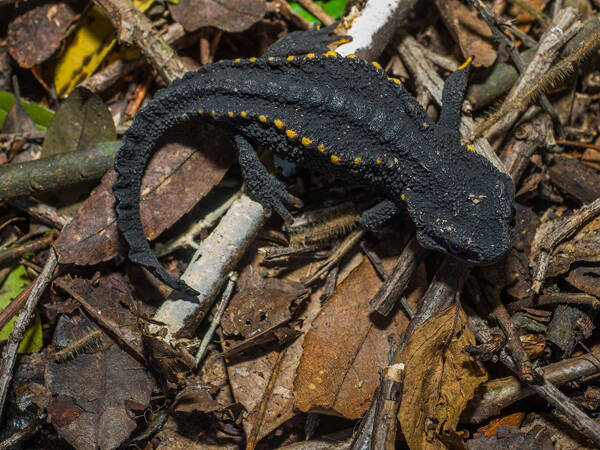
Echinotriton maxiquadratus
Echinotriton maxiquadratus
The alpine Acanthus salamander is an amphibian of the family Salamandridae a···
